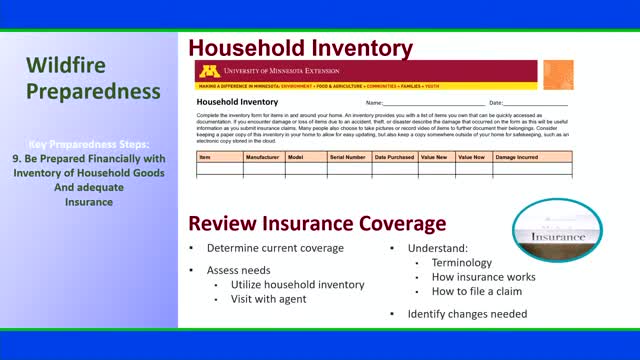Rising tick populations spark alarm over disease outbreaks
June 19, 2024 | Cook County, Minnesota

This article was created by AI summarizing key points discussed. AI makes mistakes, so for full details and context, please refer to the video of the full meeting. Please report any errors so we can fix them. Report an error »

During a recent government meeting, officials discussed the alarming rise in tick-borne diseases in Cook County, highlighting significant changes in incidence rates over the past two decades. A presentation showcased a map illustrating the increasing prevalence of diseases such as Lyme disease and anaplasmosis, primarily transmitted by the black-legged or deer tick. The data indicated that reported cases have surged, with a notable doubling of Lyme disease cases from 2022 to 2023.
The meeting emphasized the importance of preventative measures, as the transmission of these diseases typically requires a tick to be attached for 12 to 48 hours. Officials urged residents to conduct daily tick checks, especially during peak tick activity from April to July and September to October. They provided practical advice on managing tick habitats around homes, including maintaining well-kept lawns and using tick repellents.
Symptoms of tick-borne diseases can manifest between three to 30 days after a bite, with Lyme disease often presenting a characteristic bull's-eye rash. If left untreated, these infections can lead to severe complications, including joint pain and facial paralysis. The meeting concluded with a call for community awareness and education to mitigate the risks associated with tick exposure as populations continue to grow in the region.
The meeting emphasized the importance of preventative measures, as the transmission of these diseases typically requires a tick to be attached for 12 to 48 hours. Officials urged residents to conduct daily tick checks, especially during peak tick activity from April to July and September to October. They provided practical advice on managing tick habitats around homes, including maintaining well-kept lawns and using tick repellents.
Symptoms of tick-borne diseases can manifest between three to 30 days after a bite, with Lyme disease often presenting a characteristic bull's-eye rash. If left untreated, these infections can lead to severe complications, including joint pain and facial paralysis. The meeting concluded with a call for community awareness and education to mitigate the risks associated with tick exposure as populations continue to grow in the region.
View full meeting
This article is based on a recent meeting—watch the full video and explore the complete transcript for deeper insights into the discussion.
View full meeting
